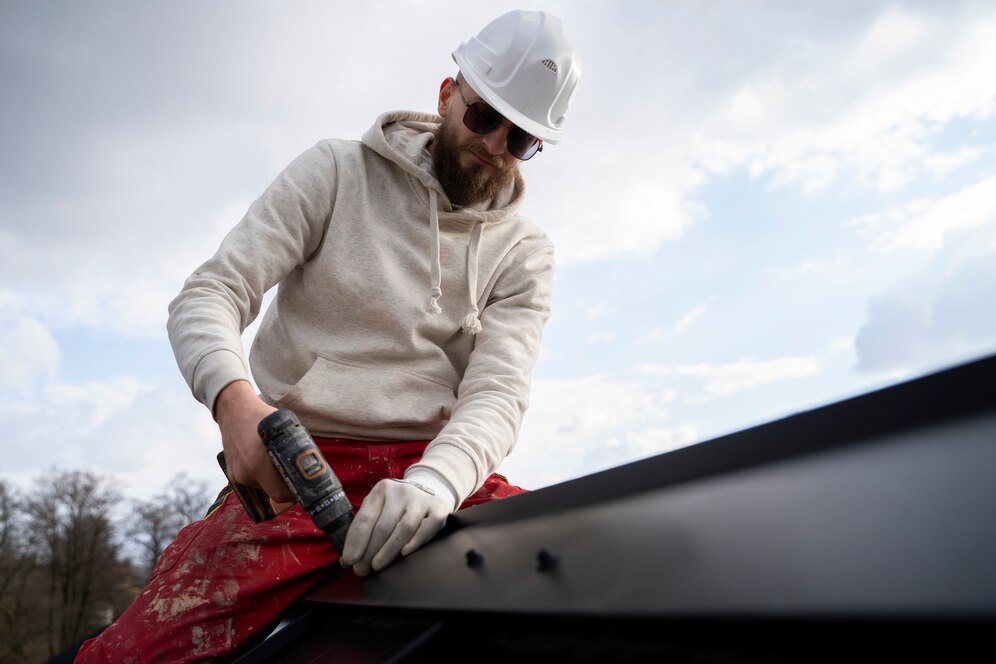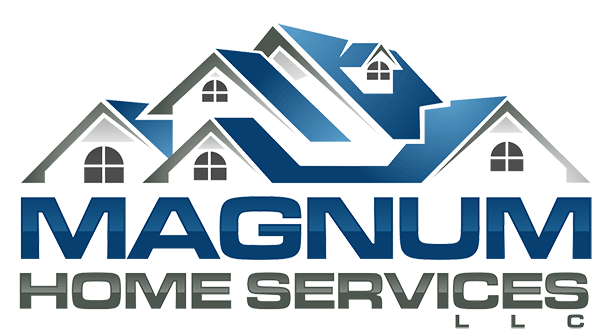Your roof is a vital component of your home’s structure, providing protection against the elements and ensuring the safety and comfort of your family. Over time, however, roofs deteriorate due to age, wear and tear, and exposure to weather conditions. Recognizing the signs that indicate the need for a new roof is crucial for preventing costly damage and maintaining the integrity of your home.
In this comprehensive guide, we’ll explore the telltale signs that indicate it’s time for a roof replacement, empowering you to make informed decisions and safeguard your investment.

Age of the Roof
As a roof ages, its materials deteriorate, leading to reduced performance and increased susceptibility to damage. Most roofs have a lifespan of 20 to 25 years, depending on the type of material used. If your roof is approaching or has exceeded its expected lifespan, it may be time to consider replacement, even if there are no visible signs of damage.
Damaged or Missing Shingles
Curling, cracked or missing shingles are common signs of roof deterioration and may indicate the need for replacement. Damaged shingles compromise the integrity of the roof, allowing water to penetrate and cause leaks, rot, and structural damage. Inspect your roof regularly for signs of shingle damage, especially after severe weather events like storms or high winds.
Leaks and Water Damage
Water stains on ceilings, walls, or in the attic are clear indicators of roof leaks and water damage. Ignoring leaks can lead to mold growth, wood rot, and structural weakening, posing health risks and compromising the safety of your home. If you notice signs of water infiltration, such as damp spots or water stains, it’s essential to address the underlying cause promptly to prevent further damage.
Sagging or Drooping Roof
A sagging or drooping roof is a serious structural issue that requires immediate attention. It may indicate structural damage, inadequate support, or water damage to the underlying framework. A sagging roof can collapse if left untreated, posing significant safety risks to occupants and causing extensive damage to the home’s interior and exterior.
Granules in Gutters
Excessive granule loss from asphalt shingles is a sign of advanced wear and tear and indicates the need for roof replacement. Check your gutters and downspouts for granule buildup, especially after heavy rain or hailstorms. Granule loss compromises the protective layer of shingles, exposing them to UV radiation, weathering, and premature deterioration.
Daylight Through the Roof
If you can see daylight through your roof from the attic or interior of your home, it’s a clear indication of roof damage and potential leaks. Inspect your attic during daylight hours and look for signs of light penetration through the roof boards or gaps in the roofing material. Daylight penetration signifies structural damage or missing roofing materials that require immediate attention.
Increased Energy Bills
A sudden increase in energy bills may be attributed to poor roof insulation or ventilation, causing heat loss or gain and forcing your HVAC system to work harder to maintain indoor comfort levels. Inadequate insulation and ventilation contribute to energy inefficiency and discomfort, indicating the need for roof repair or replacement to improve energy performance and reduce utility costs.
Mold or Moss Growth
The presence of mold, moss, or algae on your roof can indicate excess moisture retention, poor ventilation, or underlying roof damage. Mold and algae growth not only detract from the aesthetic appeal of your home but also contribute to roof deterioration and water damage over time. Addressing mold and moss growth promptly can help prevent further damage and extend the lifespan of your roof.
Rotting or Decaying Roof Deck
A rotting or decaying roof deck is a serious structural issue that requires immediate attention. Rot can occur due to prolonged exposure to moisture, leaks, or untreated wood. Inspect your attic or crawl space for signs of rot, such as soft or spongy areas, wood discoloration, or a musty odor. Rotting roof decking compromises the structural integrity of your roof and poses safety risks to occupants, necessitating prompt repairs or replacement.
Conclusion
Recognizing the signs that indicate the need for a new roof is essential for protecting your home, ensuring the safety and comfort of your family, and preserving the value of your investment. By paying attention to warning signs such as age, shingle damage, leaks, sagging, granule loss, daylight penetration, and increased energy bills, you can address roofing issues promptly and prevent costly damage and repairs.
If you notice any of these signs, consult with a qualified roofing contractor to assess the condition of your roof and determine the best course of action for replacement or repair. With proactive maintenance and timely intervention, you can maintain a durable, reliable roof that provides lasting protection and peace of mind for years to come.
If any of the signs above resonate with your roof, don’t delay – contact us today at Magnum Home Services.
Our experienced roofing contractors can perform a free inspection and evaluation to determine if replacement is needed. We’ll also provide a roof repair or replacement quote tailored to your property and budget.
Call +1 (410)-999-5200 or email magnumhomeservs@gmail.com right away. The professionals at Magnum Home Services can ensure your home’s most valuable protection is fixed before further issues arise. We’re ready to help shield your investment with a new, reliable roof.
FAQs
How long does a typical roof last before needing replacement?
The lifespan of a roof depends on various factors, including the type of material used and the climate. Generally, roofs last between 20 to 25 years, but this can vary.
Can I repair my roof instead of replacing it?
In some cases, minor repairs may suffice to address issues like damaged shingles or small leaks. However, if the roof is nearing the end of its lifespan or has significant damage, replacement may be necessary for long-term reliability.
How can I prevent the need for premature roof replacement?
Regular roof inspections, prompt repairs, proper maintenance, and addressing issues like poor ventilation or insulation can help extend the lifespan of your roof and minimize the need for premature replacement.
